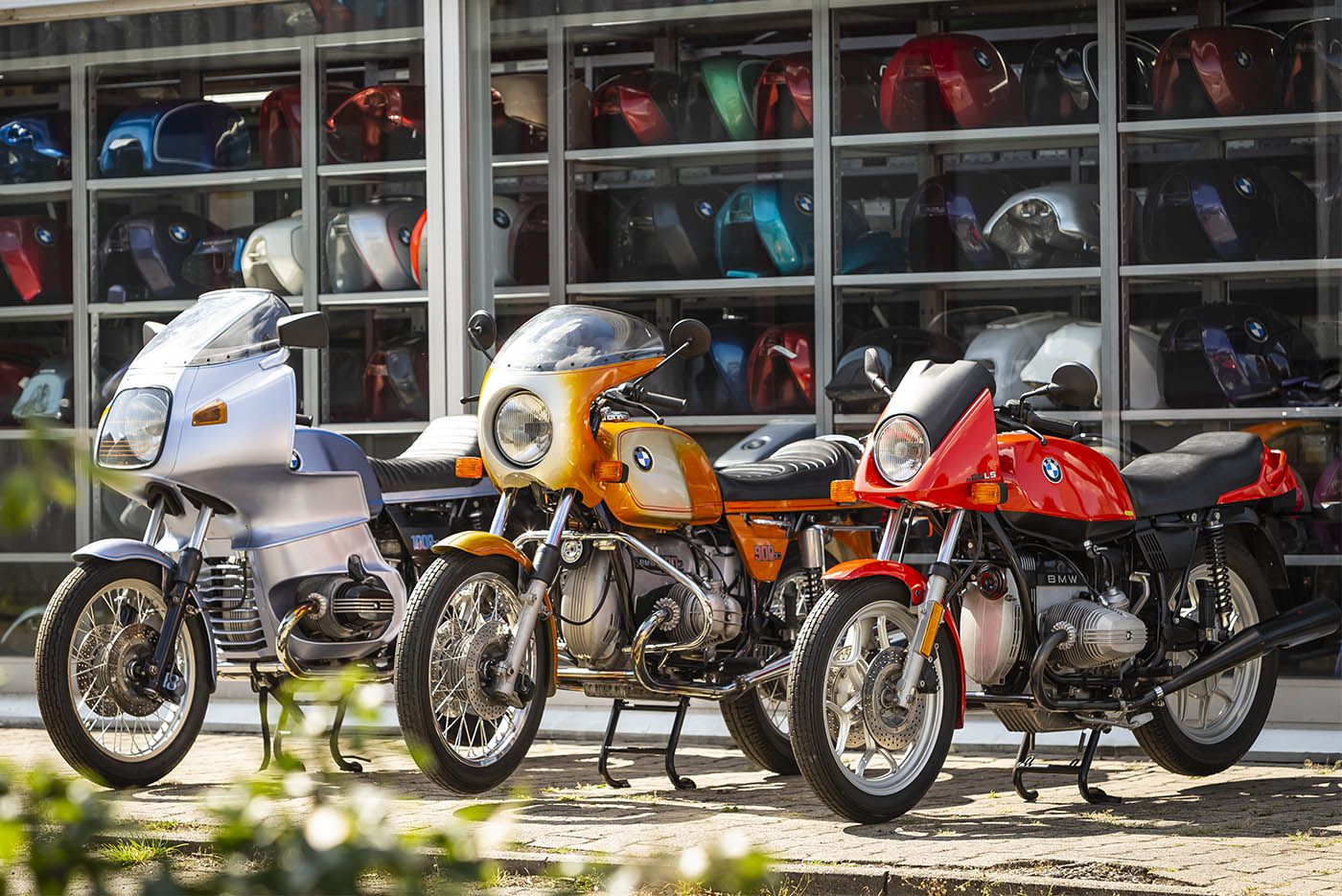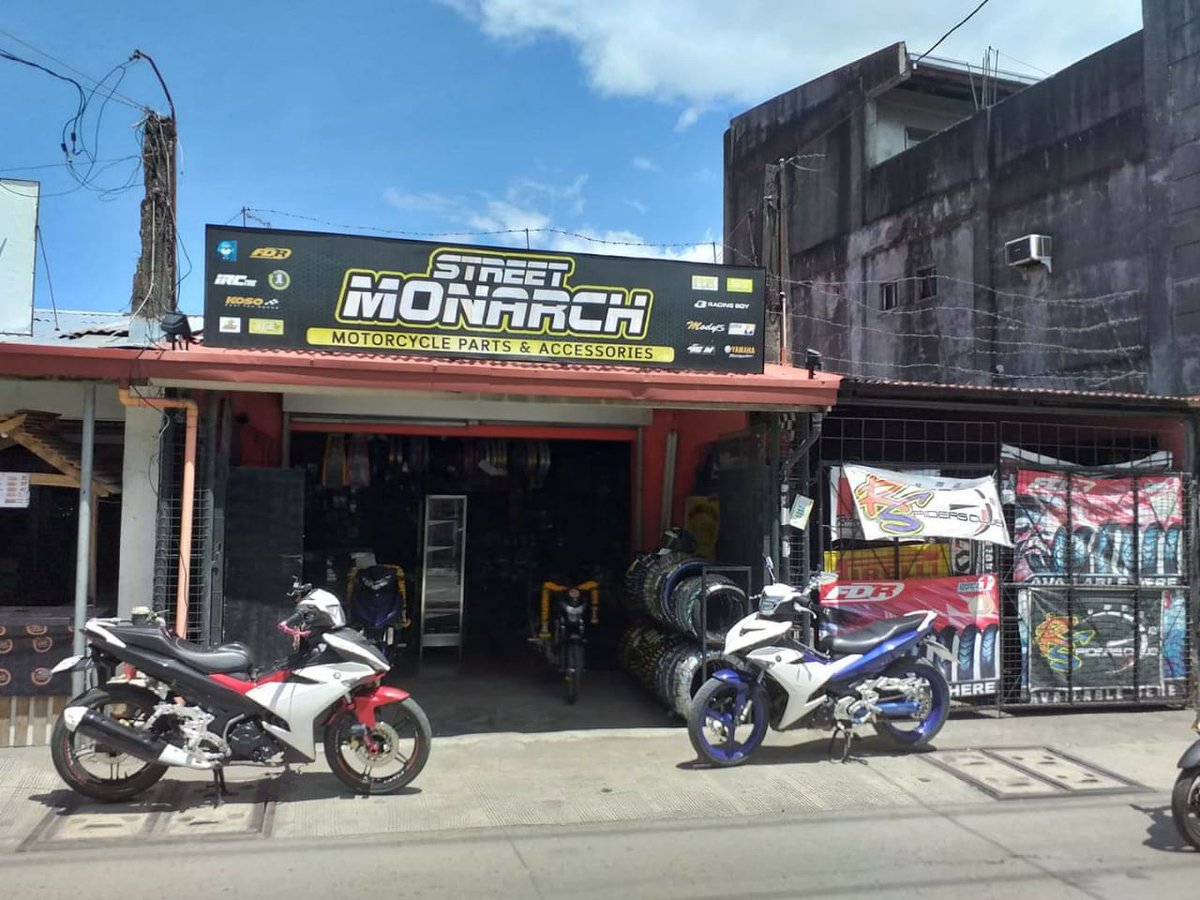Go To Our Motorcycle Shop for Specialist Advice and High Quality Products
Go To Our Motorcycle Shop for Specialist Advice and High Quality Products
Blog Article
Recognizing the Important Parts of a Motorbike: A Comprehensive Guide for Fanatics
For motorcycle lovers looking to raise their riding experience and ensure their bikes run efficiently, comprehending the important parts of a motorcycle is critical. Each element, from the engine's elaborate workings to the crucial duty of the stopping mechanisms, not only affects efficiency however also safety and security and convenience.
Engine Parts

The camshaft plays a critical role in controlling the timing of the engine's shutoffs, guaranteeing the precise opening and closing essential for reliable fuel and air intake, along with exhaust expulsion. This timing is essential to preserving optimum engine efficiency and efficiency. In addition, the carburetor or fuel shot system, depending upon the motorcycle model, is accountable for blending air with gas in the proper ratio for combustion.
The air conditioning system, either air or liquid-based, works to preserve the engine's temperature level within functional restrictions, protecting against getting too hot and guaranteeing long life - motocross gear. Each element, meticulously made and incorporated, adds to the seamless procedure of the engine, defining the motorcycle's power output and overall efficiency
Transmission System
Important to the bike's performance, the transmission system makes sure effective power transfer from the engine to the wheels. This system consists of several vital elements, consisting of the clutch, gearbox, and final drive, each playing a vital role in translating the engine's power right into movement. The clutch, typically operated by a hand bar, serves to involve and disengage the engine from the transmission, permitting smooth gear changes and regulated acceleration.
The gearbox, frequently referred to as the transmission correct, contains a set of equipments that cyclists can manually shift with to readjust the bike's rate and torque result. These equipments are set up in a series that enables the motorbike to speed up smoothly and maintain optimal engine efficiency throughout various rates. A lot of motorbikes utilize a consecutive gearbox, calling for the rider to change equipments in a predetermined order.
Braking Devices
While understanding the transmission system is vital to harnessing a bike's power, similarly vital is the capability to regulate and quit that power effectively, which is where braking mechanisms come into play. Brakes are vital for safety and efficiency, offering the biker with the needed control to browse various terrains and problems. Generally, motorcycles include two kinds of stopping systems: disc brakes and drum brakes.
Disc brakes are a lot more widespread in modern-day motorbikes due to their exceptional performance. This system provides far better heat dissipation, constant performance, and boosted stopping power, particularly in wet problems.
Conversely, drum brakes, though less typical, are still located in some motorcycles. They function by pushing brake footwear versus cafe racer headlight the internal surface of a drum affixed to the wheel. While normally less effective in heat dissipation and quiting power, drum brakes are less complex and much more affordable.
Comprehending these stopping systems' nuances enables riders to keep their motorbikes correctly and appreciate the design that makes certain risk-free and effective quiting.
Suspension and Guiding
Suspension and guiding systems are crucial parts that dramatically influence a motorcycle's handling and trip convenience. The shock absorber, including forks at the front and shock absorbers at the rear, soaks up road abnormalities, enhancing security and control. Front useful reference forks, commonly telescopic or upside down, compress and rebound to mitigate influences, while back shock absorbers keep tire contact with the road, important for traction and safety and security.
Guiding, centered around the handlebars, links the motorcyclist to the motorbike's directional control. The steering head bearings guarantee smooth operation, enabling precise ability to move. Appropriate placement and upkeep of these bearings are essential for foreseeable steering feedback and decreasing biker fatigue.
The suspension's adjustability is one more vital facet; preload, damping, and rebound setups permit personalization to suit numerous riding styles and conditions. This versatility is necessary for enhancing performance, whether navigating urban roads or dealing with rugged tracks. Technologies like electronic suspension systems supply real-time changes, enhancing trip top quality across varied terrains.

Electrical Equipments
After guaranteeing a controlled and smooth ride through efficient suspension and guiding systems, focus turns to the electrical systems, a pivotal aspect of contemporary motorcycles. These systems play a critical duty not just in beginning the engine yet additionally in powering numerous components that enhance the performance and safety of the motorbike.
At the heart of a motorcycle's electrical system is the battery, which stores electrical power needed for starting the engine and powering complementary systems - motocross gear nz. The alternator or generator, coupled with the rectifier-regulator, makes certain the battery remains billed while the bike is in procedure, transforming mechanical power into electrical energy and preserving voltage degrees
The ignition system, one more critical part, is in charge of firing up the air-fuel blend see in the engine's cyndrical tubes. Modern motorcycles frequently make use of a digital ignition system, providing higher performance and integrity compared to standard systems.
Lighting systems, consisting of headlights, tail lights, and signs, are also essential, guaranteeing presence and safety and security for the motorcyclist. Added electronic components such as sensing units, control systems, and presents add to sophisticated functions like fuel shot administration, anti-lock stopping systems (ABDOMINAL), and electronic control panels, additionally enhancing the riding experience.
Conclusion
A thorough understanding of a bike's necessary elements, including the engine, transmission system, stopping mechanisms, suspension, guiding, and electrical systems, is vital for lovers aiming to enhance efficiency, comfort, and security. Proficiency of these elements permits notified choices regarding maintenance and upgrades, ultimately enhancing the riding experience. By integrating this expertise, motorcyclists can guarantee their motorcycles run at peak effectiveness and integrity, thus optimizing both satisfaction and long life of their automobiles.
For bike enthusiasts looking to elevate their riding experience and ensure their bikes run efficiently, understanding the crucial components of a motorcycle is paramount.Indispensable to the bike's performance, the transmission system ensures effective power transfer from the engine to the wheels.While comprehending the transmission system is key to taking advantage of a bike's power, similarly important is the capability to control and quit that power properly, which is where braking devices come right into play. Generally, bikes feature 2 kinds of braking systems: disc brakes and drum brakes.
A complete comprehension of a motorbike's necessary elements, including the engine, transmission system, braking systems, suspension, guiding, and electric systems, is vital for enthusiasts aiming to enhance security, convenience, and efficiency.
Report this page